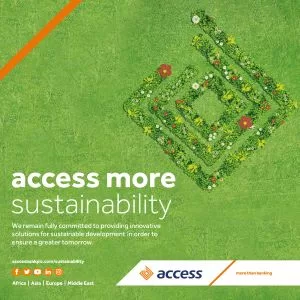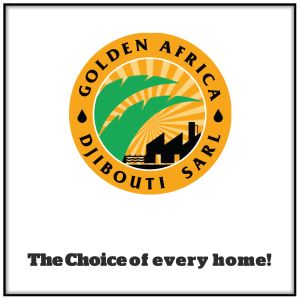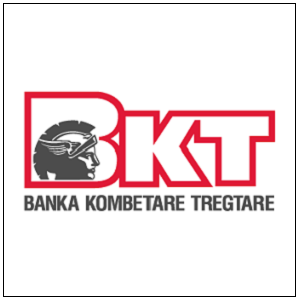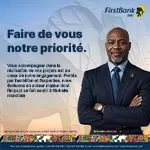Sports
How Sports Direct Could Redefine Sports Retail in Australia
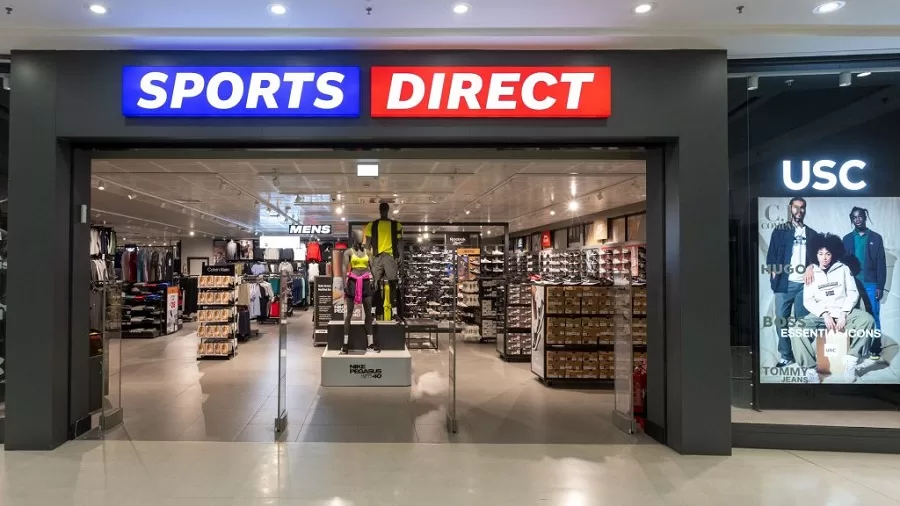
- action group, consisting of Frasers Group and Accent Group, intends to disrupt the market share of racquet sports goods and pressure the likes of Rebel, JD Sports, and Decathlon to lose their stake in prime metropolitan trade zones.
- One consequence of the asserted partnership would be the potential speeding up of the initiation of outlets, simultaneous with the sharpest form of retail rivalry gearing up, while forcing retailers to double down on content for full exposure and customer engagement and exclusive brand envelopes to retain market shares.
Braced for imminent transformation, the Australian sporting goods market finds itself in the ever-expanding shadows of the massive launch by British retailer Sports Direct. The incursion, underpinned by the alliance between Frasers Group and Accent Group, will up the stakes for premium retail spaces and generally shift the market dynamics. As per industry observers’ postulation, Sports Direct may seize the market dominance of leading stores like Rebel, JD Sports, and Decathlon in brutal competition for market shares.
Fresh Concepts for Sports Business in Australia
The initial wildcat suggestion from IBISWorld for Sports Direct was a public display to forecast that by 2028, the retailer that is home to Rebel would have 35%, with the Accent Group—however, owning Platypus, The Athlete’s Foot, and Hype DC—having 25%; JD Sports with 20%; and Decathlon at 10% laughing it good. “Fraser’s joint with Accent Group to introduce the largest British retailer to Australia is set to crash all that,” Inside Retail Asia unbent in a statement. This bold move would be a disruptor, potentially impacting revenue and forcing Super Retail Group and its competitors to rethink their strategies.
Sports Direct, one of the powerhouses in the UK, with about 500 stores in the UK, 170 in Europe, and 35 in Malaysia, would be bringing its overabundance of experience and well-considered brand portfolio. The Frasers Group, owner of UK brands like House of Fraser and Sports Direct, has been expanding its presence in Australia since acquiring a stake in Accent Group in August 2024. The Frasers Group has strengthened its partnership with Accent Group, which owns The Athlete’s Foot, to support Sports Direct’s entry into Australia. This entry of Sports Direct into Australia was supported by Frasers Group’s growing influence over the past year, showcasing its bite at the Accent Group. Frasers bought a 14.65% stake for a cool sum from Australian retail billionaire Brett Blundy in August 2024. This stake increased to 19.57% in April 2025. The vote of faith will guarantee them an eye on the Australian business over the long haul.
Importance of Sports Direct Arrival
The Australian sporting goods sector is a competitive market with consumer demand increasing for quality athletic apparel, shoes, and equipment. Nevertheless, experts said that “there may not be enough consumption to make every sporting goods retailer viable in Australia with the arrival of Sports Direct.” This means that the involvement of Sports Direct may create a conflict with some of these retailers that appear to depend on the Australian landscape regarding their expertise and expansiveness.
Some retail analysts believe the number of Sports Direct stores expected to open in Australia could be far more than their initial estimates. “I think that’s a conservative estimate based on where I think the market’s going, and you should applaud them for being conservative—you wouldn’t expect them to be too bullish,” he said. Partnering with Accent Group, which is already the second-largest player in Australian retail, could significantly accelerate store openings at prime locations, subsequently panicking the competition chasing after prime real estate.
Implications for Competitors
Rebel, which is currently the leader in the market, will need to up its stake to maintain its position. “They’re going to have to build their brand partnerships, exclusive ranges with particular brands, really dominate the omnichannel experience and build out online mobile store environments,” intimated Walker. To increase the convenience for the customers, I think you also have to expose the business to platforms – everything we do: showcase loyal customer numbers, which means great digital platforms, and provide exclusives.
JD Sports, with roughly 20%, and Decathlon, roughly 10%, hold the added advantage if they ever face any significant shake-up. The recent arrival of Sports Direct at very competitive prices, with a wide range of products, could attract price-sensitive customers. At the same time, undue emphasis on having premium store sites may only block the expansion of smaller players. Moreover, the development of omnichannel retail systems—where customers browse products online; nevertheless, they can then buy from a store in person—implies that retailers must heavily invest in entirely tubed experiences to stay afloat.
Opportunities in an Unexploited Market
Although the competition is immense, I believe that the companies can still go for opportunities in the largely ignorant pools of the Australian market. Walker made an argument that a quantum of the consumer segments remains untapped, offering retailers differentiation opportunities. By embracing niche markets, exclusive collaborations, and innovative retail experiences, brands can build up a loyal customer base as Sports Direct makes its way into the market.
According to McKinsey, the global sporting goods market is expected to show steady growth with a history of global average annual growth of about 6 per cent from 2024 to 2029. This international-level growth has been fuelled by consumers’ increasing interest in fitness and athleisure, as Australia serves as a highly exciting market for the huge expansion of Sports Direct.
Looking Forward
While Sports Direct gears up to bring the Australian markets under its banner, there will be an unmistakable change ready to sweep the retail/in-store landscape. Together, Frasers Group and Accent Group, in collaboration with such expertise, ensure that Sports Direct’s entry is an indicator of things to come. Retailers will have to explore innovation and create a loyalty brand-wise, besides looking towards good locations for the competition.
Ultimately, it could be the Australian consumer who benefits from this development. They might have more choice, the benefit of aggressive pricing (we have every reason to believe that, as in the UK, prices will range from a low of £10 to higher than that for entry-level athletic clothing), and improved shopping experiences. Therefore, the concern will remain as to whether the market can sustain such competitive pressure or see several retailers exit. The future will reveal all when Sports Direct looks at shaping the future of shopping in Australia.

























